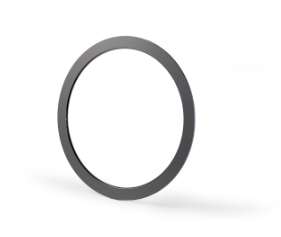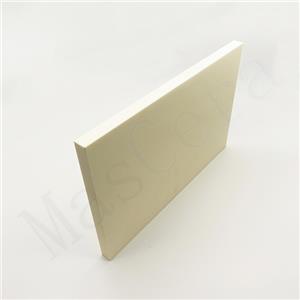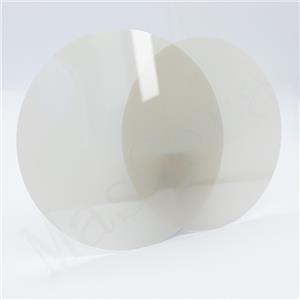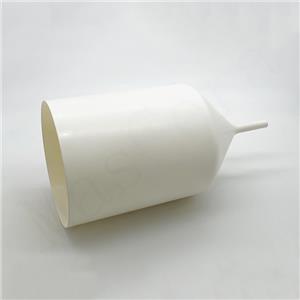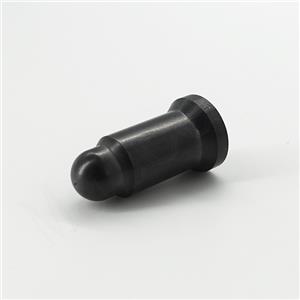Key Ceramic Components in Plasma Etching Equipment: Ceramic Chambers, SiC Focus Rings, and More
Plasma etching technology is an indispensable process in the fabrication of ultra-large-scale integrated circuits. As the size of semiconductor transistors drastically decreases and halogen plasma energy increases, wafer contamination has become a more pressing issue. In wafer processing, under high-density plasma conditions, the materials used inside ceramic chambers of plasma etching equipment must withstand extreme plasma corrosion. Next-generation etching technologies require stronger and more reliable materials to address challenges such as plasma corrosion, particle generation, metal contamination, and oxygen decomposition.
Ceramics as Key Materials for Plasma Etching Equipment Components
Compared to organic and metal materials, ceramic materials offer superior mechanical properties, chemical corrosion resistance, and high working temperatures. As a result, ceramics have become the core material for manufacturing key components in semiconductor wafer processing equipment. In plasma etching equipment, essential ceramic components include ceramic chambers, SiC focus rings, SiC electrostatic chucks, Alumina Ceramic nozzles, gas dispersion plates, and other structural elements.
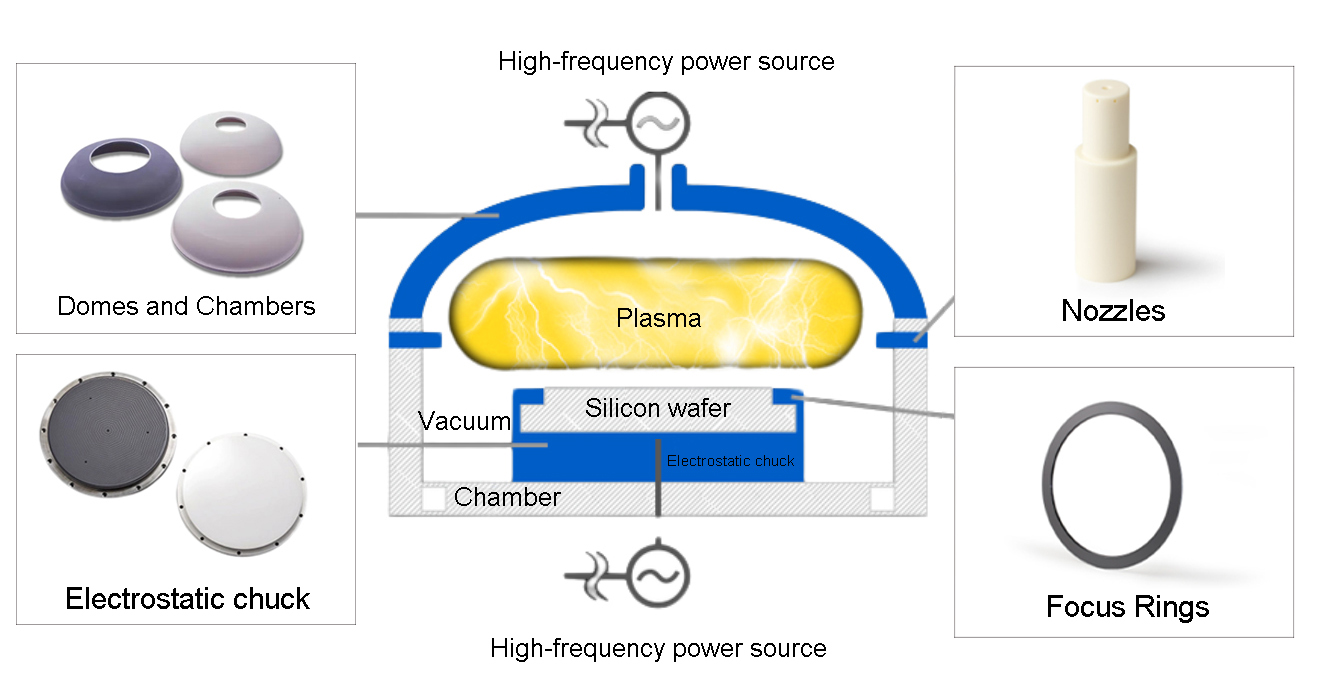
Key Characteristics of Ceramic Materials in Plasma Etching Chambers
To effectively resist plasma etching, ceramic materials used in ceramic chambers must meet the following requirements:
● High purity with minimal metal impurity content.
● Stable chemical properties, particularly low reaction rates with halogen corrosion gases.
● High density with few open pores.
● Fine grain size and low grain boundary phase content.
● Excellent mechanical properties, making them easy to process.
● Some components require additional properties, such as good dielectric performance, electrical conductivity, or thermal conductivity.
In a plasma environment, selecting the appropriate ceramic material depends on the working conditions of core components and the process requirements, including resistance to plasma etching, electrical properties, and insulation.
Application of Ceramics in Core Components of Plasma Etching Equipment
1. Ceramic Chambers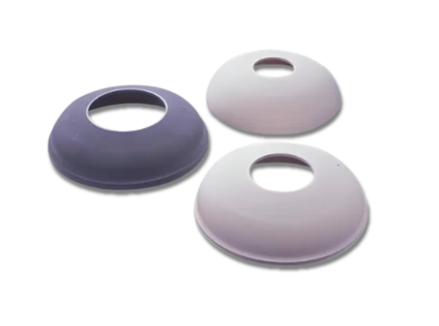
The ceramic chamber is one of the most critical components of plasma etching equipment, as it directly influences wafer contamination, process stability, and etching yield. High-purity alumina ceramic chambers are widely used due to their excellent plasma corrosion resistance and ability to provide reliable plasma impedance. However, manufacturing large-sized alumina ceramic chambers presents challenges such as deformation, cracking, and difficulties in achieving high density and purity. Producing high-density, high-purity alumina ceramics requires premium raw materials and rigorous processing techniques.
SiC focus rings play a crucial role in improving etching uniformity at the wafer's edge and ensuring the wafer remains securely positioned. These rings maintain plasma density while preventing contamination around the wafer's perimeter. When paired with SiC electrostatic chucks, the wafer is held in place using electrostatic forces.
Since SiC focus rings are in direct contact with plasma inside the reaction chamber, they must have excellent plasma corrosion resistance and electrical properties similar to silicon wafers. Silicon carbide (SiC) is the preferred material for focus rings due to its durability and plasma-resistant properties. These rings are typically fabricated through chemical vapor deposition (CVD) to achieve high-purity SiC focus rings with precise dimensions.
3. SiC Electrostatic Chucks (ESCs)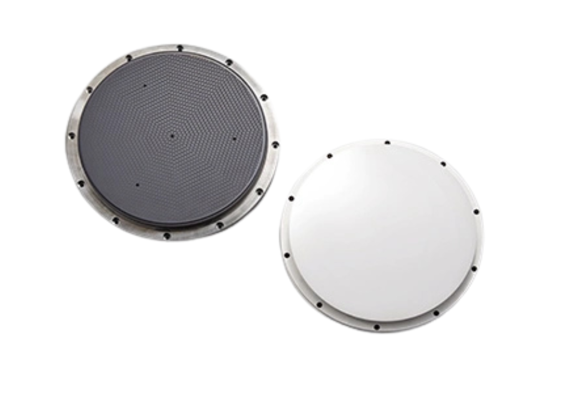
During plasma etching, SiC electrostatic chucks (ESCs) are used to secure wafers in place on the lower electrode system. An applied radio frequency (RF) signal generates a DC bias on the wafer, allowing precise plasma etching. ESCs also regulate wafer temperature to ensure uniform etching results.
The ESC structure includes a dielectric layer, a base, and a heating layer. SiC electrostatic chucks offer superior thermal conductivity, minimal thermal expansion, and high durability, making them an excellent choice for wafer holding. Alumina ceramics and aluminum nitride are also used in some ESC designs for
their insulating properties and heat management capabilities.
4. Window Mirrors
The window mirror in plasma etching equipment must maintain high light transmittance and etching resistance. When the etching resistance is inadequate, the mirror surface can become blurred. Yttrium oxide (Y₂O₃) ceramics are widely used for this application due to their high optical transparency and superior plasma resistance.
However, yttrium oxide has poor sintering properties and low mechanical strength. By incorporating alumina, a yttrium-aluminum garnet (YAG) composite is formed, offering enhanced etching resistance, optical clarity, and mechanical strength—making it an ideal choice for window mirror materials in plasma etching systems.
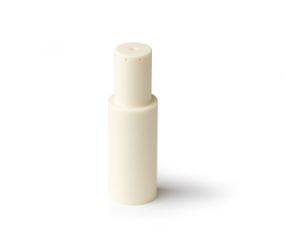 Alumina Ceramic nozzles are essential for precisely controlling gas flow rates and evenly dispersing gases within the plasma etching chamber. These nozzles must withstand extreme plasma environments, maintain high dielectric strength, and resist chemical corrosion from process gases and byproducts.
Alumina Ceramic nozzles are essential for precisely controlling gas flow rates and evenly dispersing gases within the plasma etching chamber. These nozzles must withstand extreme plasma environments, maintain high dielectric strength, and resist chemical corrosion from process gases and byproducts.
Alumina ceramic nozzles made from Al₂O₃ ceramics are commonly used due to their excellent insulation properties, high hardness, and resistance to plasma damage. In some cases, aluminum nitride (AlN) ceramics are used for their superior thermal conductivity and durability.
XIAMEN MASCERA TECHNOLOGY CO., LTD. is a reputable and reliable supplier specializing in manufacturing and sales of technical ceramic parts. We provide custom production and high precision machining for a wide series of high performance ceramic materials including alumina ceramic, zirconia ceramic, silicon nitride, boron nitride , aluminum nitride and machinable glass ceramic. Currently, our ceramic parts can be found in many industries like mechanical, chemical, medical, semiconductor, vehicle, electronic, metallurgy etc. Our mission is to provide the best quality ceramic parts for global users and it is a big pleasure to see our ceramic parts work efficiently in customers' specific applications. We can cooperate on both prototype and mass production, welcome to contact us if you have demands.

